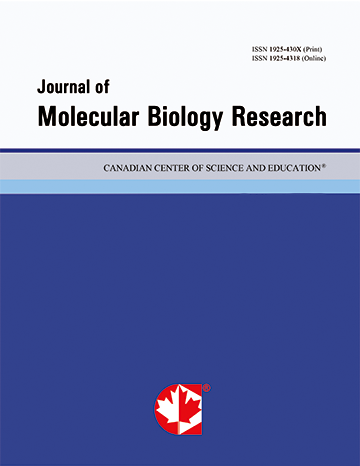Atherosclerotic Events: The Role of Air Particulate Matter
- Blessing Obinaju
Abstract
Epidemiological studies associate the increase of respiratory and cardiovascular mortality and morbidity with high levels of air pollution particulate matter (PM). However, the underlying mechanisms of actions by which PM induce adverse health effects remain to be clearly elucidated. Evidence from experimental studies suggests that particle composition can play an important role in PM-toxicity; however, little is known about the specific participation of components (individually or acting in groups) present in such a complex mixture that accounts for toxicity. Correlations between exposure to PM with an aerodynamic diameter 2.5 or 10 µm (PM2.5 and PM10, respectively) with cardiovascular effects have been demonstrated. Mechanisms of PM at cellular level involve free radical production (by transition metals and organic compounds), oxidative stress, cytokine release, inflammation, endotoxin-mediated damage, stimulation of capsaicin receptors, autonomic nervous system activity, covalent modification of key cellular molecules and increased pro-coagulant activity. The various interaction between particulate matter (e.g carcinogenic polyaromatic hydrocarbon components) and biological molecules trigger cascade events which initiate or aid the progression of disease conditions through cellular responses which could give rise to oxidized and/or mutagenic lesions such as are found within the atherosclerotic plaque and cancers with the most important mechanisms possibly being reactive oxygen species (ROS) generation, oxidative stress and inflammation.
- Full Text:
 PDF
PDF
- DOI:10.5539/jmbr.v2n1p42
Index
Contact
- Grace BrownEditorial Assistant
- jmbr@ccsenet.org
